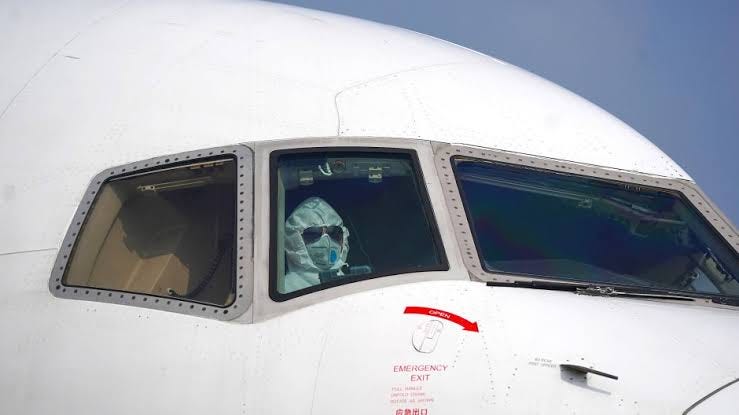The Coronavirus: Pandemic Panic and Racism
FDR said ‘the only thing we have to fear is fear itself

Photo credit: Alliance/DPA, C. Min
Reaction to the Novel Coronavirus, known as 2019-nCoV across the planet is both unsettling and frightening, signaling as it does the onset of a kind of era of fear that extends beyond the virus to fear of foreigners in general and perhaps fear of the future itself.
In the case of the coronavirus, it appears out of all pr…
Keep reading with a 7-day free trial
Subscribe to Asia Sentinel to keep reading this post and get 7 days of free access to the full post archives.

